【Learning points】
- Asthma is one of the most common chronic diseases in the world. It is a chronic inflammation at the airway, which causes frequently repeated acute attack.
- Common asthma-induced factors:respiratory tract infection,allergens,stimulants,exercise.
- To encourage your children to exercise, asthmatic action plan must to include preventive methods and treatments of motor-related symptoms.
- For Patients with poor control, it is necessary to carefully consider drinking ice water because it can induce asthma.
- Recommendations of Environment at Home:Reduce contact allergens.Do not use carpets and thick curtains.To remove your decorations, villi toys and potted plants. Avoid contact with pets.
I.Foreword
Asthma is one of the most common chronic diseases in the world. It is a chronic inflammation in the airway, which causes frequently repeated acute attack. Asthma is mainly related to genetic conditions, external allergens, and environmental stimuli. If asthma is under well control, it will be a benefit for long-term outcome. Also, children will have fair growth and development. To prevent asthma attack has three principles : to avoid allergens, avoid aggravated factors and appropriate drug treatment. When you find that your children have a recurrent cough, shortness of breath, or difficulty in saying any words, you will be nervous at that moment. So, we will tell you below: risks of asthma attack, characteristics of asthma, common induced factors, the severity of asthma and home care.
II.What can cause asthma?
Genetic conditions, external allergens, and environmental stimuli are three main factors which would cause asthma.
III.Characteristics of asthma:
- Asthma is a chronic respiratory disease.
- It will cause bronchial inflammation which making airway narrow. There exists a certain degree of inflammation even though there are no symptoms.
- Appropriate treatment can reduce symptoms and inflammation.
IV.Common asthma-induced factors:
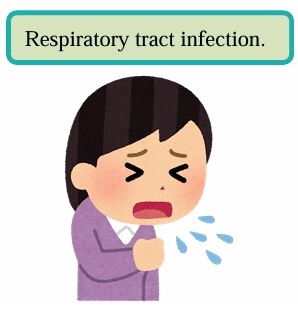
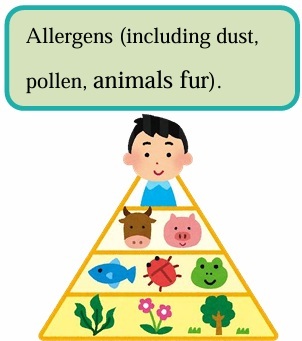
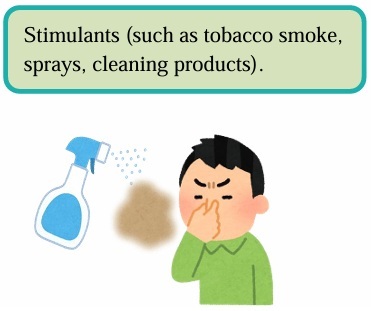
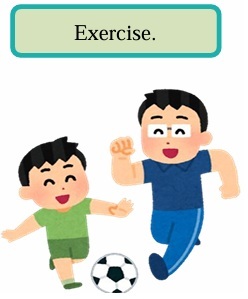




V.How to do for home care:
- To record the frequency and severity of symptoms (cough, shortness of breath or wheezing). Use a maximum flow meter (Figure 1), as testing the maximum expiratory flow rate, to monitor lung function. Measure steps as follows:
- The patient stands and holds the flow meter horizontally.
- Return the indicator to zero (by swinging it).
- Cover the blowing site by mouth tightly and you must to instantly forced-blowing (to avoid air leakage from the nose or mouth). You must perform three times every measurement twice daily and record the height one. Each time must be performed from 30 seconds to a minute.
- Record the measurements at least twice a day (Once in the day).morning while awake and once in the evening, which should be performed by interval 10-12 hours.
- After using it, you must clean the mouth-bite site.
- If you have to use the bronchial dilators, you need to measure while using before and after.
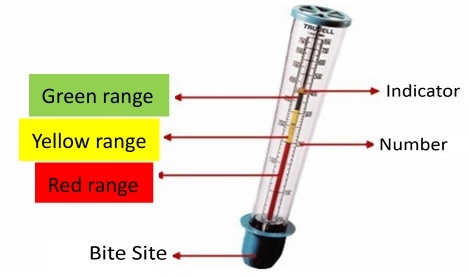
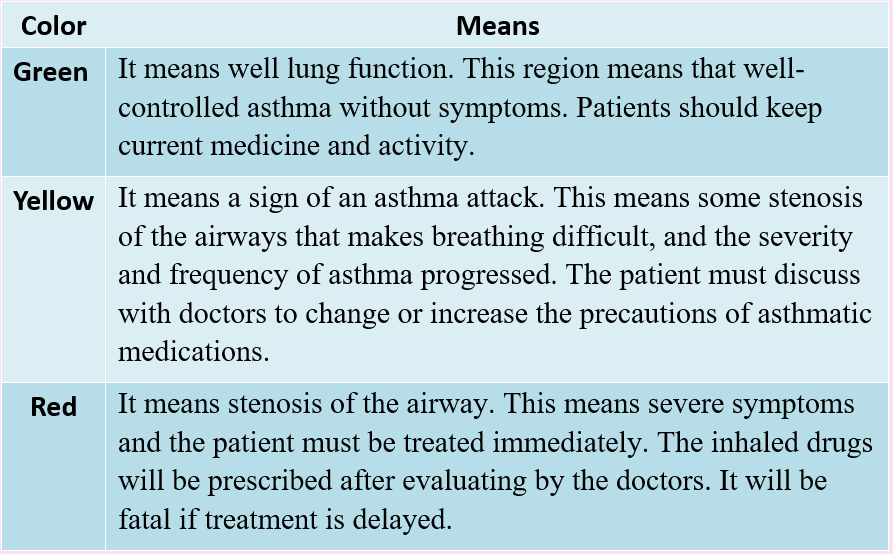
- To encourage your children to exercise, the asthmatic action plan must include preventive methods and treatments of motor-related symptoms.
- Parents must communicate with the sport teachers. If the Child has wheezing, they must stop exercise right now.

- To avoid exercise in dry and cold weather. The child must to arrange warm-up exercise before any exercise.
- Select the type of exercise which is suitable for asthmatic people.students. In principle, it must be able intermittently to rest.Swimming is a first choice.
- If necessary, inhaled short-acting bronchodilators before the exercise.
- While asthma attacks, the patient must to immediately stop immediately.Exercise and use a short-acting bronchodilator of 2 to 4 puffs every 4 minutes 15 to 20 minutes, total 3 times.
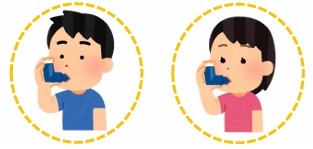
- Frequent exercise-induced asthmatic patients must be adjusted treatment plan by the doctor.
- Parents must communicate with the sport teachers. If the Child has wheezing, they must stop exercise right now.
- Recommendations for the Environment at Home:
- To reduce contact allergens. For example, do not let pets sleep.in the children’s room
- The blankets must be cleaned in 55 ℃ water every week. To prevent using duvets at home. To use a vacuum cleaner to clean environment at home. Air conditioner and air filter must be installed.To clean or replace the filters regularly.
- Do not use carpets and thick curtains. Plastic, wood, or cortex material is the best furniture.
- To remove your decorations, toys and potted plants. To avoid contact with pets.
- Use a dehumidifier to control the relative humidity between 50-60% which can reduce allergens, such as dust mites and mould.
- Use the air purifier to filter the smell and second hand smoke.Clean up the allergens at home.
- To reduce contact allergens. For example, do not let pets sleep.in the children’s room
- For patients with poor control, it is necessary to carefully consider drinking ice water because it can induce asthma.
- Smoking is not important. To avoid fragrance, mosquito coils and spray insecticide agents. Close windows during the pollution of the air or flowers in full bloom season.
- Pay attention to warming yourself while the temperature is rising and falling.
- Reduce going out to public places and wear a mask if necessary.
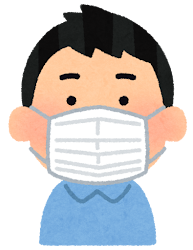
VI.Conclusion:
Allergy-affected children should receive appropriate environmental improvement and complete home care as soon as possible. If asthma can be well treated and controlled, it will help the long-term prognosis and allow children to have normal growth and development.
VII. Reference:
- Kaviany, P., & Shah, A. (2024). Current practices in pediatric asthma care. Clinics in chest medicine, 45(3), 611-623.http://doi.org/10.1016/j.ccm.2024.02.028.
-
Rajvanshi, N., Kumar, P., & Goyal, J. P. (2024). Global initiative for asthma guidelines 2024: an update. Indian pediatrics, 61(8), 781-786.
VIII. Image source:
簡易測驗
Let's take a test to confirm that you have a thorough understanding.
評語
統計結果不開放
請登入後才可以評分
未登入或權限不足!
- 位置
-
- 資料夾名稱
- English
- 上傳者
- 尤怡婷
- 單位
- 中榮護理衛教
- 英文名稱
- The home care of children with asthma
- 分類
- 疾病
- 科別
- 英語
- 癌症照護
- 否
- 建立
- 2023-12-30 15:14:13
- 最近修訂
- 2025-09-23 18:31:55
- 版本
- 2025-09-23